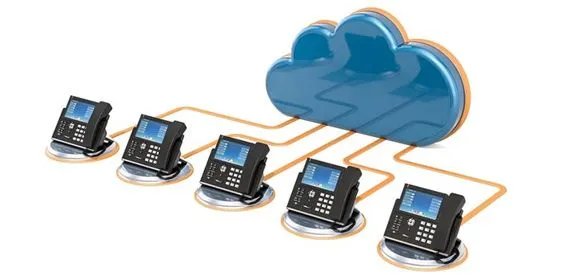
Sip Trunk
SIP trunking (Session Initiation Protocol) is a method of delivering voice and unified communications services over the internet instead of traditional phone lines. It enables businesses to consolidate voice and data traffic onto a single network, reducing costs associated with separate phone lines and enhancing flexibility.
SIP trunks utilize virtual connections to the Public Switched Telephone Network (PSTN), allowing for scalability by adding or removing channels based on fluctuating call volumes. This scalability supports business growth and seasonal demand changes efficiently. Moreover, SIP trunks offer geographic flexibility, enabling businesses to maintain local phone numbers even when geographically dispersed.

 Compliance with Standards
Compliance with Standards
 Physical Security
Physical Security Low Packet Loss
Low Packet Loss Optimized Routing
Optimized Routing
They also support advanced features like HD voice, video conferencing, and integration with cloud-based applications. Overall, SIP trunking provides cost-effective, scalable, and feature-rich communication solutions that align with modern business needs for efficient, reliable, and flexible communications infrastructure.
